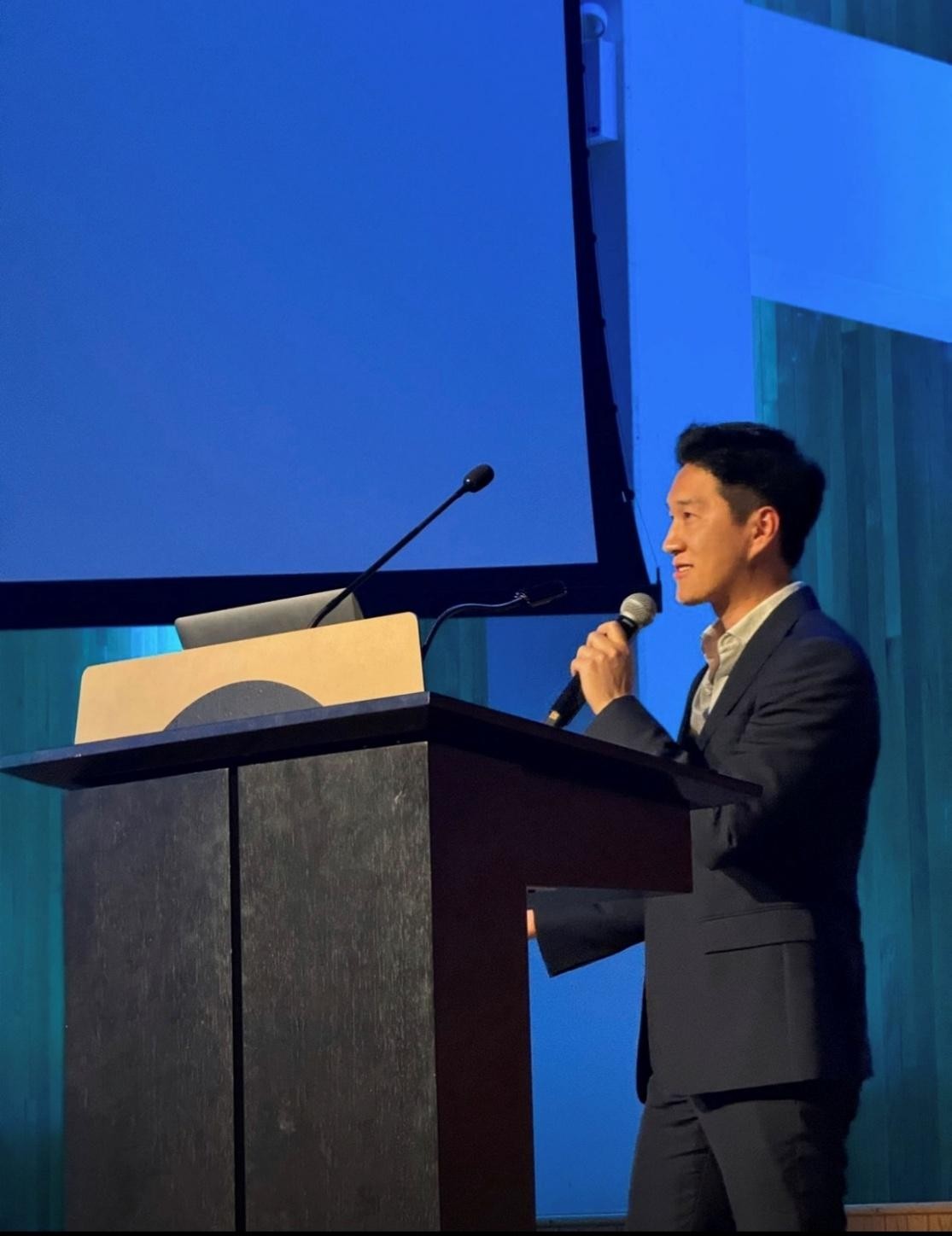By: Elena Mart
NYCxDESIGN: The Annual Gathering of the Global Creative Community
Every May, New York Design Week (NYCxDESIGN) transforms the city that never sleeps into a potential melting pot of inspiration for designers, architects, and artists worldwide. As one of the prominent design events in North America, NYCxDESIGN often showcases cutting-edge trends in furniture, architecture, and interior design while also fostering cross-cultural creative exchange. The 2024 theme, “Design is Everywhere,” highlighted the fusion of history, community, and interdisciplinary collaboration, attracting numerous premier designers and emerging talents from across the globe.
In galleries in Manhattan’s Lower East Side, experimental studios in Brooklyn, and art spaces in Tribeca, visitors could explore innovations ranging from sustainable materials to digital art. Dutch designer Floris Wubben’s “Brick” series reimagined traditional building blocks into modern furniture, while British designer Lee Broom’s “Alchemist” lighting collection drew inspiration from mythology and astrology, adding mystical poetry to illumination. Amid this international stage, Chinese designer Cheng Chen offered a unique Eastern narrative.

The “TEMPLE” Project: Where Sacred Space Meets Hotel Aesthetics
On May 16, 2024, at the Showcase Night held at New York’s Fashion Institute of Technology (FIT), Cheng Chen took the stage as a speaker to present his latest work—the “TEMPLE” adaptive reuse project. The event, co-hosted by premier design institutions including Cooper Union, Parsons, Pratt, FIT, and SVA, welcomed industry experts, curators, and media professionals.
“TEMPLE” is an experimental project that explores blending traditional religious spaces with contemporary hotel design language. Cheng explained during his talk, “A temple is not just a place of worship—it could also serve as a social and cultural space that engages younger generations.” Borrowing the “scene transition” technique commonly used in luxury hospitality design, he employed light, materials, and spatial flow to create distinct atmospheres within the same space: solemn and serene by day, immersive and experiential by night.

Chen Cheng presented his “TEMPLE” adaptive reuse project during NYCxDESIGN
This approach suggests a way to address the challenge of adapting traditional temples to modern society and sparked lively discussions among attendees about “the future of cultural spaces.” A Pratt Institute professor observed, “Cheng’s work illustrates the contemporary potential of Eastern design philosophy—it respects tradition without being confined by it.”
A Mediator of Eastern and Western Aesthetics
Cheng Chen’s design language is shaped by his cross-cultural background. Born in Shanghai, he studied calligraphy from a young age, becoming one of the youngest members of the Shanghai Calligraphers Association. After earning a bachelor’s degree in art and design from Shanghai Jiao Tong University, he pursued advanced studies at Parsons School of Design in New York and built extensive hospitality design experience at renowned firms SCDA and Yabu Pushelberg.
“In the West, design often prioritizes function and form, while in the East, we tend to emphasize atmosphere and storytelling,” Cheng noted in a post-talk interview. “The core of ‘TEMPLE’ is about making spaces ‘tell stories.’” This narrative-driven philosophy appears in his other works, such as the “garden-inspired lobby” of The Shanghai EDITION and the “mythical landscapes” concept for the Regent Sanya.
The Future of Design: Cultural Fusion and Immersive Experiences
NYCxDESIGN often reflects industry trends, and Cheng’s presentation aligned with a growing shift—global design appears to be focusing more on cultural fusion and immersive experiences. From Milan Design Week to Singapore Art Week, dialogues between tradition and modernity are becoming a central theme. Cheng suggests future design could transcend singular cultural symbols and seek deeper resonance: “Like the negative space in calligraphy, true Eastern aesthetics is open—it invites people from all backgrounds to co-create.”
Currently, Cheng is expanding the “TEMPLE” concept into other public space designs and aims to share this vision at the 2025 MUSE Design Awards and TITAN Property Awards. His explorations contribute to amplifying the voice of Chinese designers on the global stage while proposing a new cultural narrative—one that seeks balance between function and meaning.
Just as NYCxDESIGN advocates “Design is Everywhere,” Cheng Chen’s work suggests that truly impactful design can be rooted in local culture yet speak to the world.
Published by Jeremy S.

















